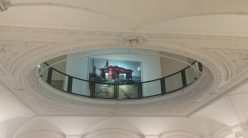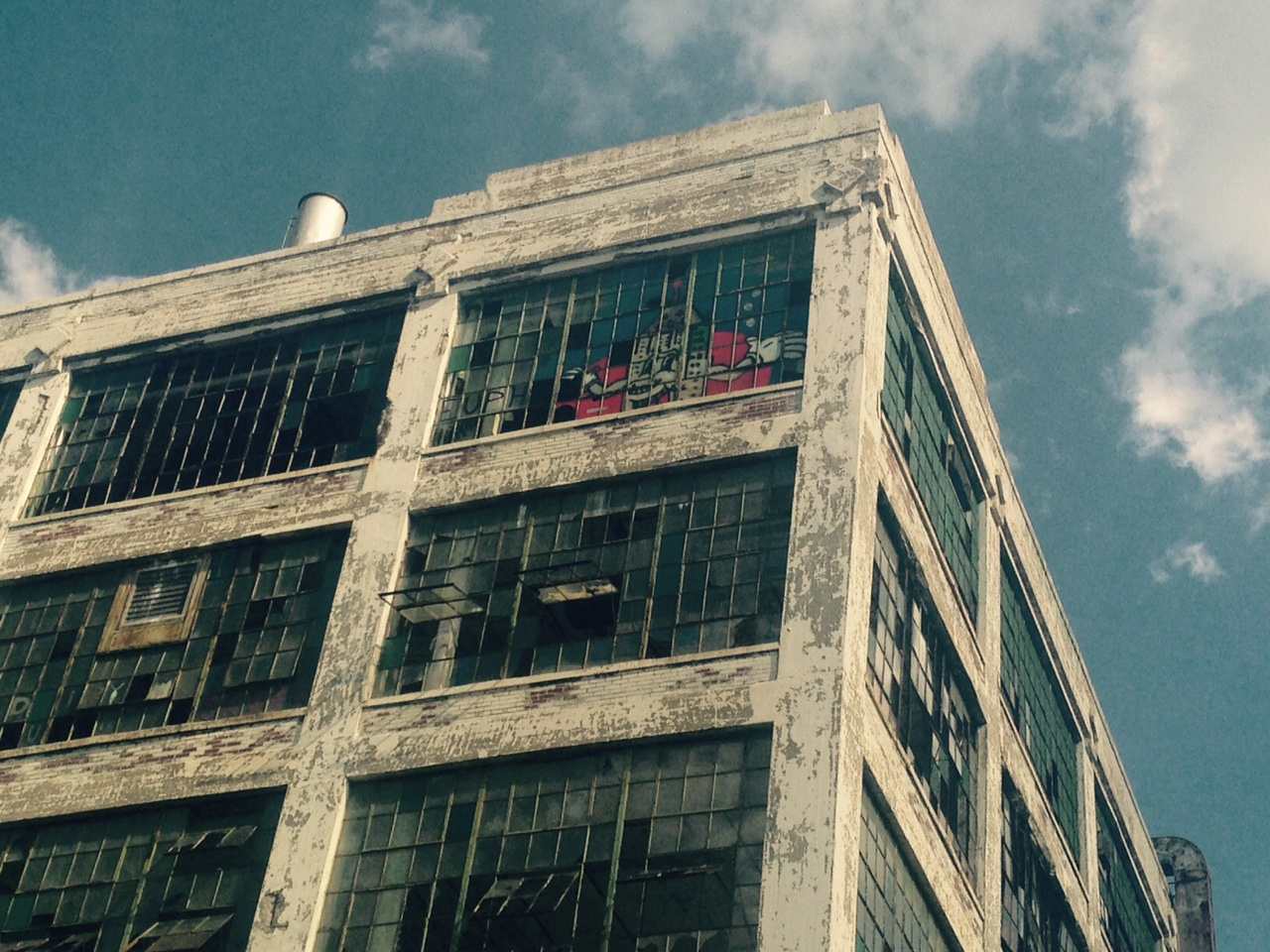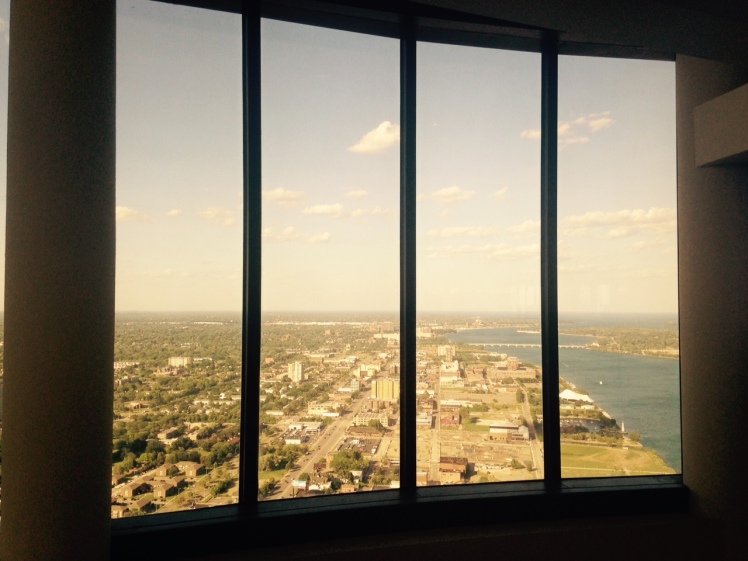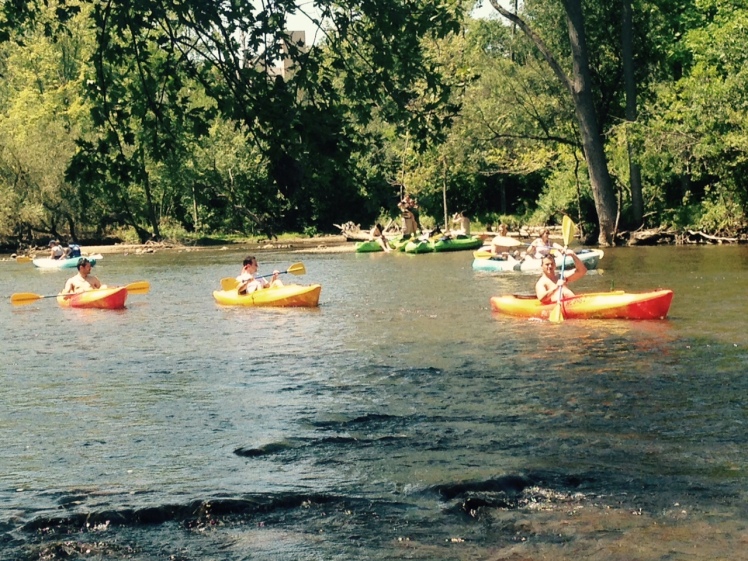
An indicator of being from a place is that you can speak of it using the first person.
“We New Yorkers…”
“In New Mexico, we…”
“Because I am an Oregonian…”
You explain the cultural customs you identify with like virtues of your personality. You take pride in favorite local fares borne by your surroundings (regardless of whether you ever concocted the dish, sauce, or beverage on your own). You may detest the place’s less favorable facets and reflect a deeply digested reaction to why that particular dislike has not only been subtly imprinted, but intricately embedded into your consciousness due to personal experience. You could perceive familiar discomforts that outsiders struggle with as challenges you know how to handle or characteristic feats you’ve long overcome.

This summer, I’ve familiarized with the Michigander culture, but knowingly through the lens of the third person. Hearing the third person object pronoun, “them,” being used in place of “those” (i.e. someone saying, “Them are done”) at first confused me. Associating Detroit as “the city” and nature as “up north” took several reconfigurations by remembering where in the world I was. Having my “Where is…” inquiries answered not just verbally, but also manually—by Michiganders popping up their palms with their thumbs jutting out to symbolize the shape of the Lower Peninsula—slowly started to make more sense.

Then there was the beach. Being a native East Coaster (who has also resided on the West Coast and in the Korean peninsula), my idea of entering the beach starts neither at the sandy shore nor the wavy water, but beforehand. What’s in the water transmits into the atmosphere. In a beach town, signals that the ocean is nearby consist of a dense, breezy air coupled with a distinguishable salty fragrance, one which scientists profess to be a gas effusion from sea-dwelling bacteria.
As such, in Muskegon, Michigan, seeing the cusp of sand and freshwater sans any saltwater air threw me off.
I was admittedly uncertain about what I should call it. Was I going to the beach? The shore? The lake? The coast? There are certainly beachy symbols all around town in Muskegon. Wind chimes ping to ding lovely little bells; seagulls squawk, soar, and eat garbage; prints of crabs, lobsters, and seashells adorn paper and porcelain surfaces; lighthouses and sails perk skyward. Naturally, and most importantly, the freshwater beach proves itself a beach existentially, by being a long, sandy strip along a body of water.

The topography of the area also took some gauging. Most of Michigan that I’ve seen so far is flat and stays consistently so for many miles in any direction. There are several higher points of Muskegon that line Lake Michigan, though, in the form of sand dunes. Mammoth masses of sand constitute hilly mounds covered with forest flora and cut up into hiking trails.
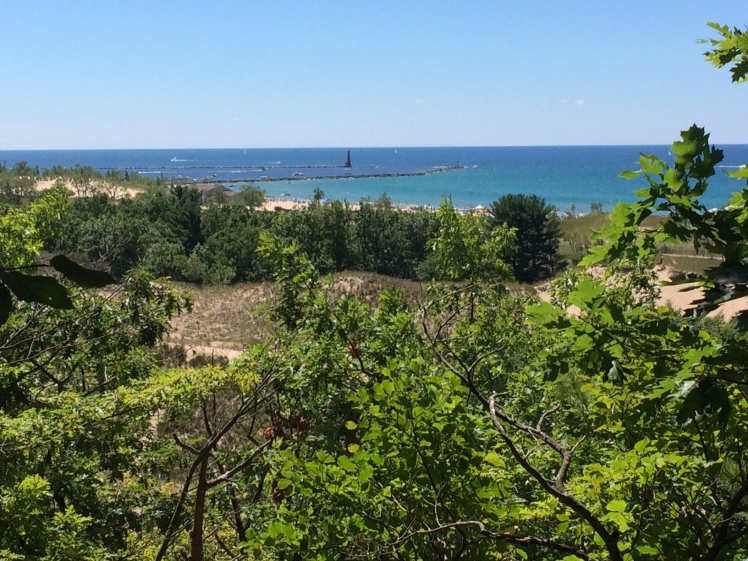
With visitation comes comparison to other episodes of exploration. I couldn’t help but think of NYC’s Intrepid as I toured Muskegon’s naval ship, the USS LST 393. The downtown drag reminded me of the architecture in Pottsville, Pennsylvania. The appearance of ice cream stand sort of looked like those in Detroit, but the scenery that surrounded them was reminiscent of the Adirondacks.

As for figures, I learned that the rock icon I knew from growing up outside of Ann Arbor, Iggy Pop, was actually born in Muskegon. A big, blue placard honoring Buster Keaton along with ability to keep a straight face in any situation piqued my curiosity enough to find out that his family and their vaudeville friends developed an actor’s colony. The Muskegon where Buster’s parents used to ride around an elephant was a place of the past. The house the Keatons had built was razed in the 50s, and even the streetcar system of their time is now but a vestige of some nondescript steel rails engulfed by asphalt road.
Another New Yorker in Michigan might make completely different observations, while a Michigander in New York might appreciate overlooked details. Parallels amount in any era; it was a century ago that Lake Michigan Park was referred to as “Muskegon’s Coney Island.”
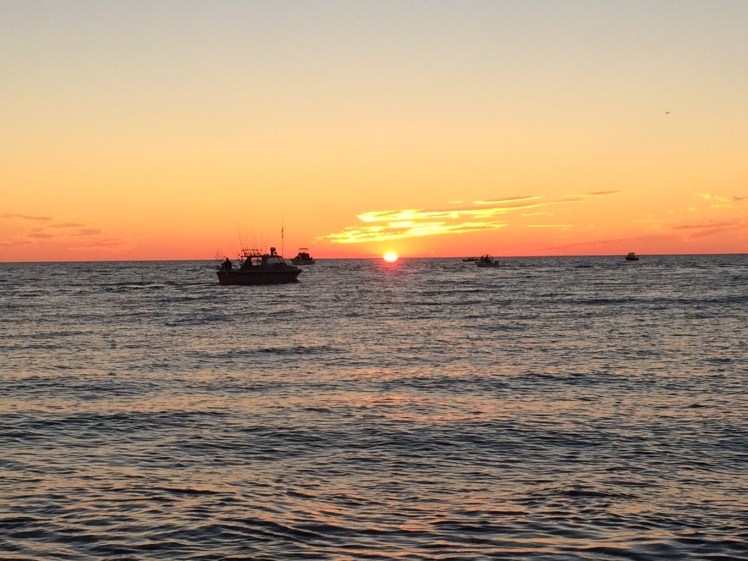
In any case, here or anywhere, I’ll acknowledge I’m not the first to discover a place that has long existed, but I’ll be the first to make my own discoveries and categorize them accordingly.
